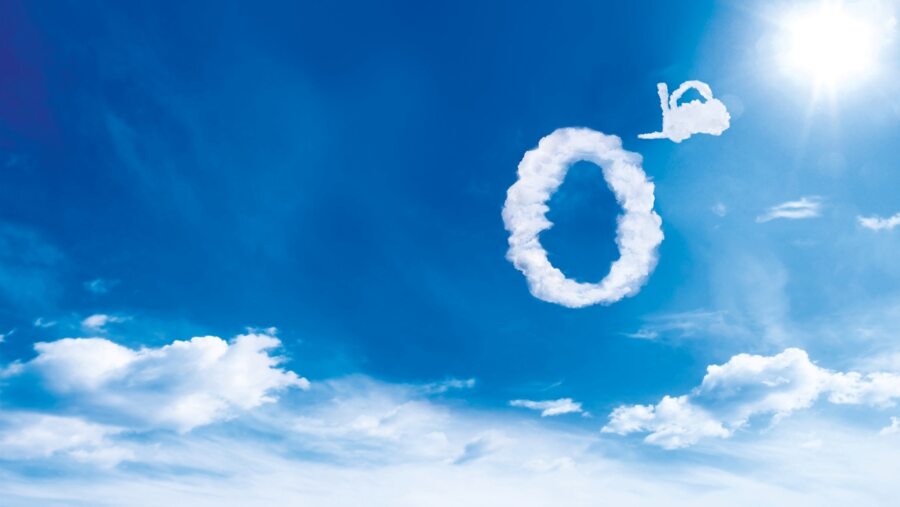Targets and Key Performance Indicators

Selection of Key Performance Indicators Relevant for Sustainability
Full details of the key performance indicators and data can be found in the relevant chapters of this report.
| Environment | 2023 | 2022 | 2021 |
|---|---|---|---|
| ISO 14001 certification rate1 | 91% | 89% | 87% |
| Energy use | 704,729 GJ | 689,477 GJ | 718,734 GJ |
| Greenhouse gas emissions (Scope 1 + 2)2 |
38,298 t CO2e | 37,293 t CO2e | 39,167 t CO2e |
| Greenhouse gas emissions (Scope 3)2 |
10,405 t CO2e | 10,038 t CO2e | 10,333 t CO2e |
| Water consumption | 121,130 m3 | 117,979 m3 | 110,876 m3 |
| Waste produced | 26,074 t | 25,245 t | 28,689 t |
| Employees | 2023 | 2022 | 2021 |
|---|---|---|---|
| Percentage of Female Employees | 14% | 14% | 13% |
| ISO 45001 certification rate1 | 91% | 89% | 87% |
| LTI (lost time injuries)3 | 141 | 168 | 203 |
| Accident frequency rate4 | 9.6 | 12.3 | 15.6 |
[1] Or equivalent standards, based on all sites
[2] Scope 1 and 2 market based, Scope 3.3 location based.
[3] Resulting in an employee being off work for at least one day
[4] Number of accidents per one million hours worked that result in an active employee being off work for at least one day
Key Targets
STILL’s sustainability targets align with the key targets set out in the KION Group sustainability strategy and include both Group-wide actions and individual measures within specific organizational units.
| Dimension | Action field | Targets | Target year |
|---|---|---|---|
| People | Occupational health and safety | Reduce accident frequency rate by 5% per year (based on annual upper limit, with long-term goal of eliminating all accidents in the workplace) | Annual |
| Achieve 100% ISO 450011 certification rate (across all sites) | 2024 | ||
| Talent | Increase employee satisfaction levels to an engagement score of at least 75, with a participation rate of at least 80%, as measured by annual employee surveys conducted worldwide | 2026 | |
| Ensure no cases of non-compliance with KION Group minimum employment standards | Ongoing | ||
| Products | Product and solution sustainability |
Move towards primarily electric product range, including battery and fuel cell powered products, by increasing proportion of electric trucks sold annually to 90% | 2027 |
| Increase number of products that have a life cycle assessment available | |||
| Increase number of products with cradle-to-cradle certifications | |||
| Product and solution safety | Increase average number of selected safety features5 per industrial truck to 4 | 2027 | |
| Processes | Climate and energy |
Achieve absolute reduction in GHG emissions (Scope 1, 2, 3) in tons of CO2e compared to 20212: |
|
Scope 3 by 2.5% per year |
2030 | ||
|
By 2050 | ||
| Increase in the share of renewable energies used in own operations | |||
| Achieve 100% ISO 140011 certification rate | 2024 | ||
| Circularity | Increase in the proportion of waste recovered in own operations | ||
| Supply chain | Publish EcoVadis score or equivalent rating3 (corporate social responsibility performance) for: |
||
| 100% of strategic and high-risk suppliers4 | 2023 | ||
| 100% of direct suppliers | 2025 | ||
| Sustainable governance | EcoVadis Gold rating for the KION Group and evaluated subsidiaries |
2027 | |
| S&P Global Corporate Sustainability Assessment (CSA), KION Group score ≥ 70 points | 2027 |
[1] Or equivalent standards
[2] A final resolution on these targets will be made by the boards of the KION Group in the near future.
[3] Group-wide or location-specific rating
[4] Suppliers where the industry or country where they are based present higher risks in terms of sustainability
[5] Number of additional safety features ordered by customers in addition to the standard device (deemed safe in accordance with legal requirements).